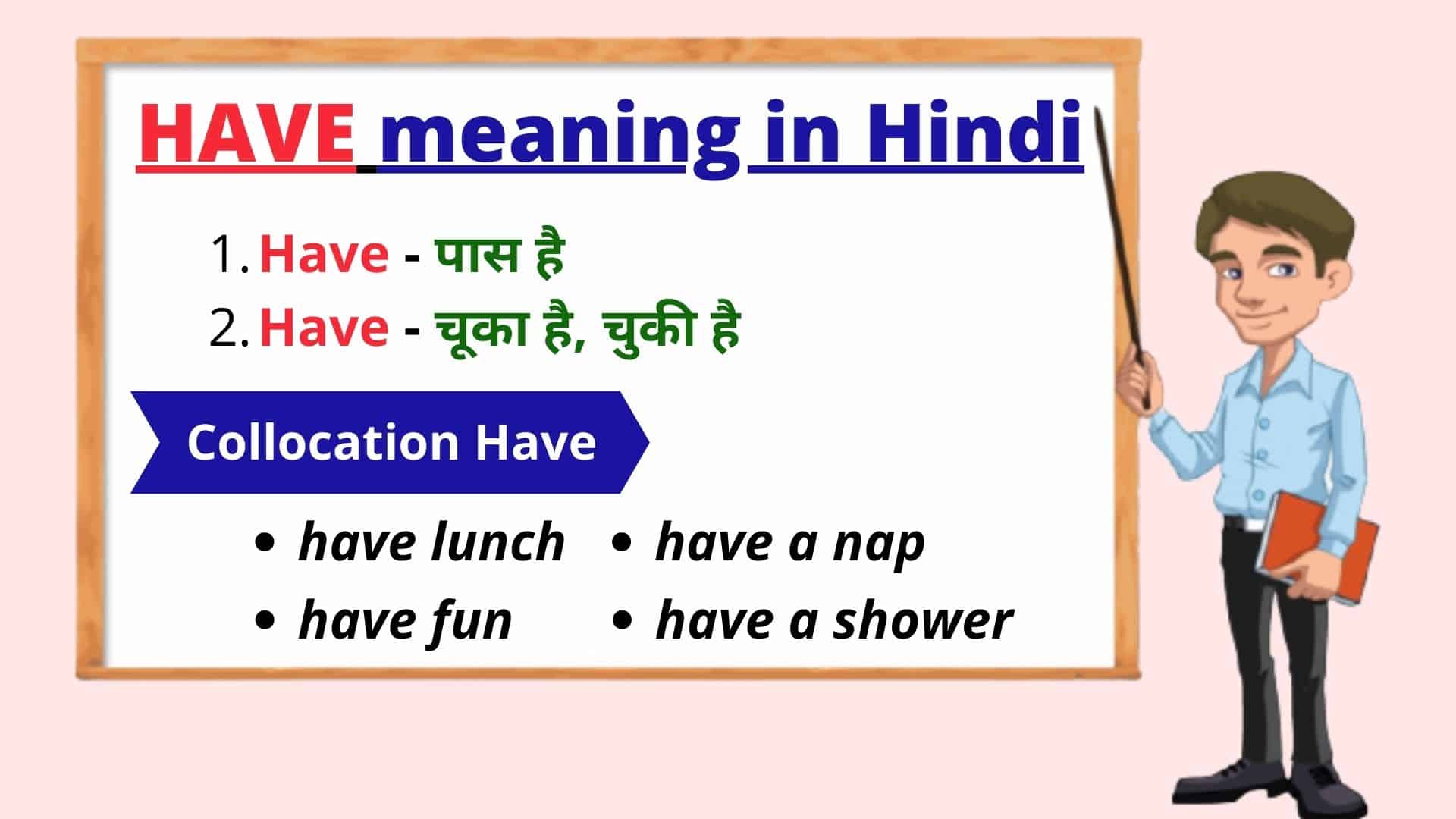

The framework we have developed for the purpose of semantic image region annotation could also be used for real-world computer vision applications, such as interactively annotating regions of interest in works of art on display in a museum.Īutomatic semantic image region annotation plays a key role in developing sophisticated image-based information systems but is a difficult and long-standing problem ( Smeulders et al., 2000 Zhang et al., 2012 Karpathy & Fei-Fei, 2015).
#ANNOTATIONS MEANING IN HINDI SKIN#
The multimodal framework we propose establishes the utility of combining gaze and spoken descriptions and highlights the potential of additionally considering multiple modalities in studies of human perception (e.g., facial expression, pulse rate, galvanic skin response). Further, this multimodal dataset can be used in studies of affective visual or linguistic computing tasks. The dataset can also be useful for scholars who wish to study language production during scene-viewing tasks, including the interaction between word complexity and frequency and gaze behavior.
#ANNOTATIONS MEANING IN HINDI CODE#
The data we collected ( Vaidyanathan et al., 2018) which has been released for research purposes and the code we developed for the framework (released in this work), allowed us to explore the following research questions:Ĭan the discovered relationship or relationships be used to extract meaningful, accurate information about the objects in an image? This work integrates gaze and linguistic information indicating ‘what people look at’ and ‘what people say,’ to identify the objects and their corresponding names or labels in images. A system capable of accurate semantic image region annotation would be able to provide a user useful and detailed information about an image.

When applied to identify regions in images, it is called semantic image region annotation. This is known as semantic image annotation. We believe computers would benefit by acquiring and using learned associations. Intelligent computers should be capable of making inferences about where people look and what they say about the things they see. Doctors use medical images to help diagnose and determine the treatment of diseases, and emergency response is often guided by imagery available from the scene. In addition to serving as a means for documenting events and capturing memories, digital images can help facilitate decision making. The use of digital images range from personal photos and social media to more complex applications in education and medicine. To this end, we provide the research community with access to the computational framework. The framework can potentially be applied to any multimodal data stream and to any visual domain. The alignments produced by our framework can be used to create a database of low-level image features and high-level semantic annotations corresponding to perceptually important image regions. We also find differences in system performances when identifying image regions using clustering methods that rely on gaze information rather than image features.

The accuracy of these labels exceeds that of baseline alignments obtained using purely temporal correspondence between fixations and words. The resulting multimodal alignments are then used to annotate image regions with linguistic labels. Using an unsupervised bitext alignment algorithm originally developed for machine translation, we create meaningful mappings between participants’ eye movements over an image and their spoken descriptions of that image. Our work relies on the notion that gaze and spoken narratives can jointly model how humans inspect and analyze images. To begin to bridge this gap, we propose a framework that integrates human-elicited gaze and spoken language to label perceptually important regions in an image. Despite many recent advances in the field of computer vision, there remains a disconnect between how computers process images and how humans understand them.


 0 kommentar(er)
0 kommentar(er)
